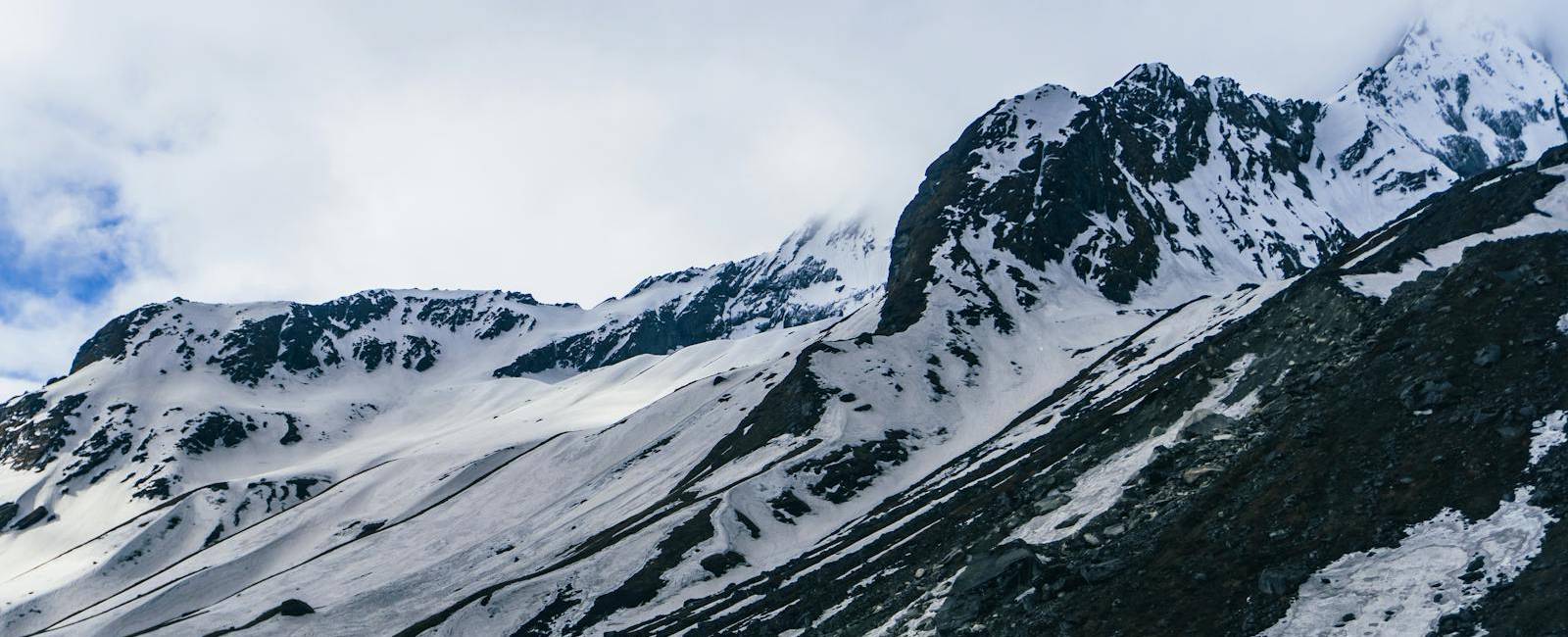Planning a trek in Nepal can be an exciting and rewarding experience. Here’s a step-by-step guide to help you organize your trek:
Choose Your Trek
Nepal offers a variety of trekking routes, each with unique landscapes and cultural experiences. Some popular treks include:
- Everest Base Camp Trek
- Annapurna Circuit
- Langtang Valley Trek
- Ghorepani Poon Hill Trek
- Manaslu Circuit Trek
Determine the Best Time to Trek
The best times to trek in Nepal are:
- Spring (March to May): Mild weather and blooming rhododendrons.
- Autumn (September to November): Clear skies and stable weather.
Decide on the Duration
Trekking durations can vary from a few days to several weeks. Determine how much time you have and choose a trek that fits within that timeframe.
Consider Your Fitness Level
Assess your fitness level and choose a trek that matches your abilities. Some treks are more challenging than others, so ensure you’re prepared for the physical demands.
Research Permits
Most treks in Nepal require permits. Common permits include:
- Trekkers' Information Management System (TIMS) Card
- National Park or Conservation Area Permits (e.g., Annapurna Conservation Area Permit, Sagarmatha National Park Permit)
Plan Your Itinerary
Create a day-by-day itinerary that includes:
- Starting and ending points
- Daily trekking distances and estimated times
- Accommodations (teahouses, lodges, or camping)
- Rest days for acclimatization if necessary
Arrange Accommodations
Depending on your trek, you can choose from:
- Teahouses/Lodges: Common on popular trekking routes.
- Camping: Required for more remote treks; you may need to hire a guide and porters.
Hire a Guide and/or Porter
While not mandatory, hiring a local guide can enhance your experience and ensure safety. Porters can help carry your gear, making the trek more enjoyable.Best Heritage Tour provides you a local guide with full saftey
Pack Wisely
Create a packing list that includes:
- Trekking gear (boots, clothing, backpack)
- Sleeping bag (if camping)
- Personal items (first aid kit, toiletries)
- Food and snacks (especially for remote areas)
- Water purification tablets or a filter
Prepare for Altitude
If trekking at high altitudes, familiarize yourself with altitude sickness and how to prevent it. Ascend gradually, stay hydrated, and consider carrying medication like Diamox.
Stay Informed
Keep updated on weather conditions, trail status, and any travel advisories. Local trekking agencies can provide valuable information.
Travel Insurance
Purchase travel insurance that covers trekking activities, including emergency evacuation and medical coverage.
Respect Local Culture and Environment
Learn about local customs and practices. Follow the principles of responsible trekking, such as minimizing waste and respecting wildlife.
Enjoy the Experience
Finally, embrace the adventure! Take time to enjoy the stunning landscapes, interact with locals, and immerse yourself in the rich culture of Nepal.
By following these steps, you can plan a successful and enjoyable trek in Nepal. Happy trekking!
Best Heritage Tour are sure to provide you with a journey filled with joy, satisfaction, and unforgettable memories.
Author: bestheritagetour.com
Date: 9th April, 2024

